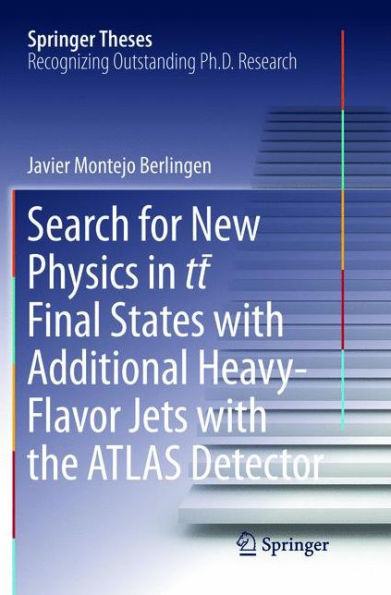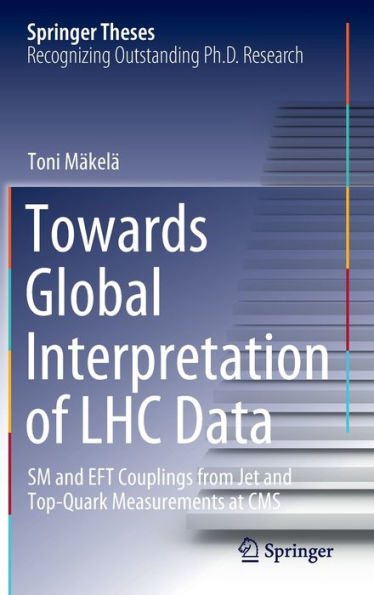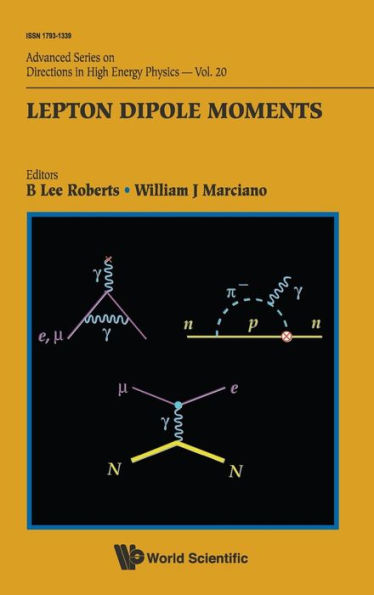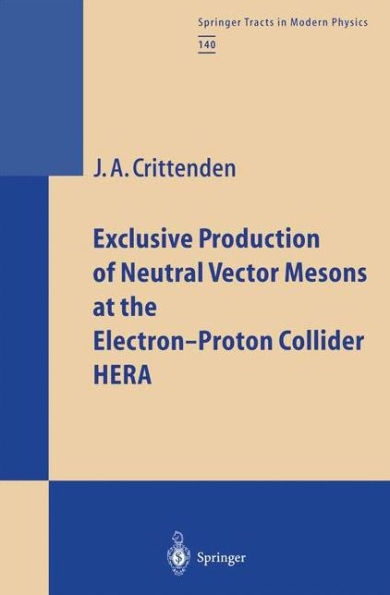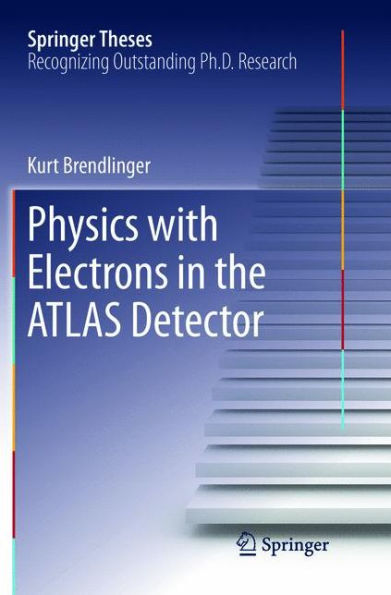Home
Measurement of the Top Quark Mass in the Dilepton Final State Using the Matrix Element Method
Loading Inventory...
Barnes and Noble
Measurement of the Top Quark Mass in the Dilepton Final State Using the Matrix Element Method
Current price: $54.99


Barnes and Noble
Measurement of the Top Quark Mass in the Dilepton Final State Using the Matrix Element Method
Current price: $54.99
Loading Inventory...
Size: OS
*Product Information may vary - to confirm product availability, pricing, and additional information please contact Barnes and Noble
The main pacemakers of scientific research are curiosity, ingenuity, and a pinch of persistence. Equipped with these characteristics a young researcher will be s- cessful in pushing scientific discoveries. And there is still a lot to discover and to understand. In the course of understanding the origin and structure of matter it is now known that all matter is made up of six types of quarks. Each of these carry a different mass. But neither are the particular mass values understood nor is it known why elementary particles carry mass at all. One could perhaps accept some small generic mass value for every quark, but nature has decided differently. Two quarks are extremely light, three more have a somewhat typical mass value, but one quark is extremely massive. It is the top quark, the heaviest quark and even the heaviest elementary particle that we know, carrying a mass as large as the mass of three iron nuclei. Even though there exists no explanation of why different particle types carry certain masses, the internal consistency of the currently best theory—the standard model of particle physics—yields a relation between the masses of the top quark, the so-called W boson, and the yet unobserved Higgs particle. Therefore, when one assumes validity of the model, it is even possible to take precise measurements of the top quark mass to predict the mass of the Higgs (and potentially other yet unobserved) particles.




